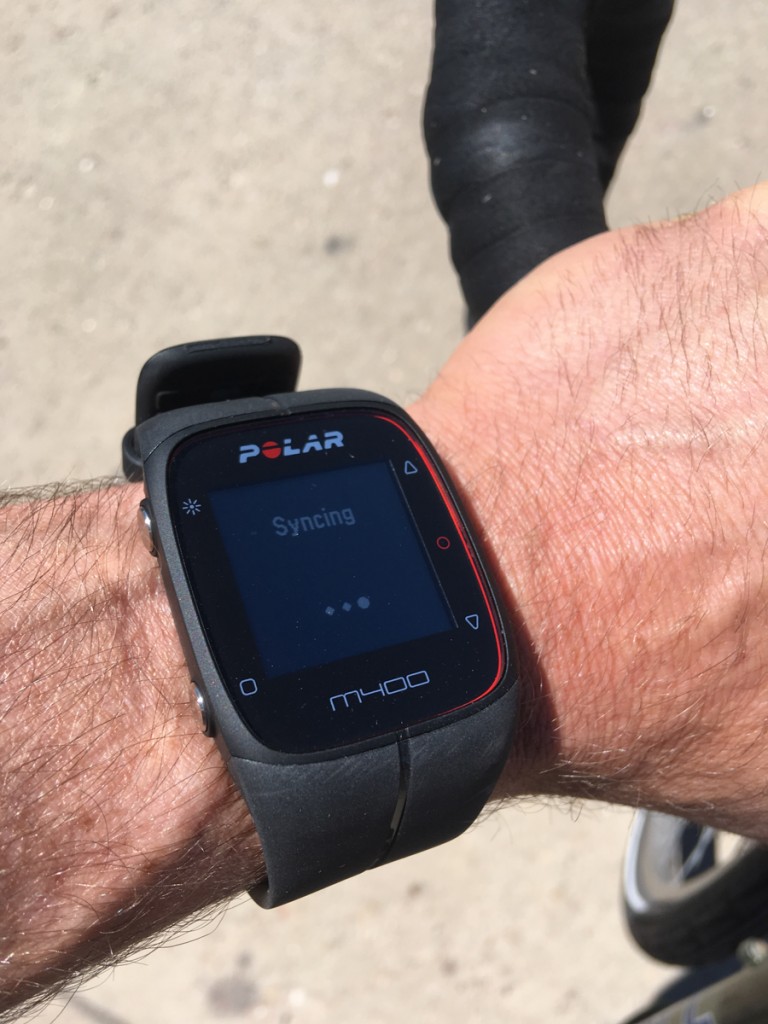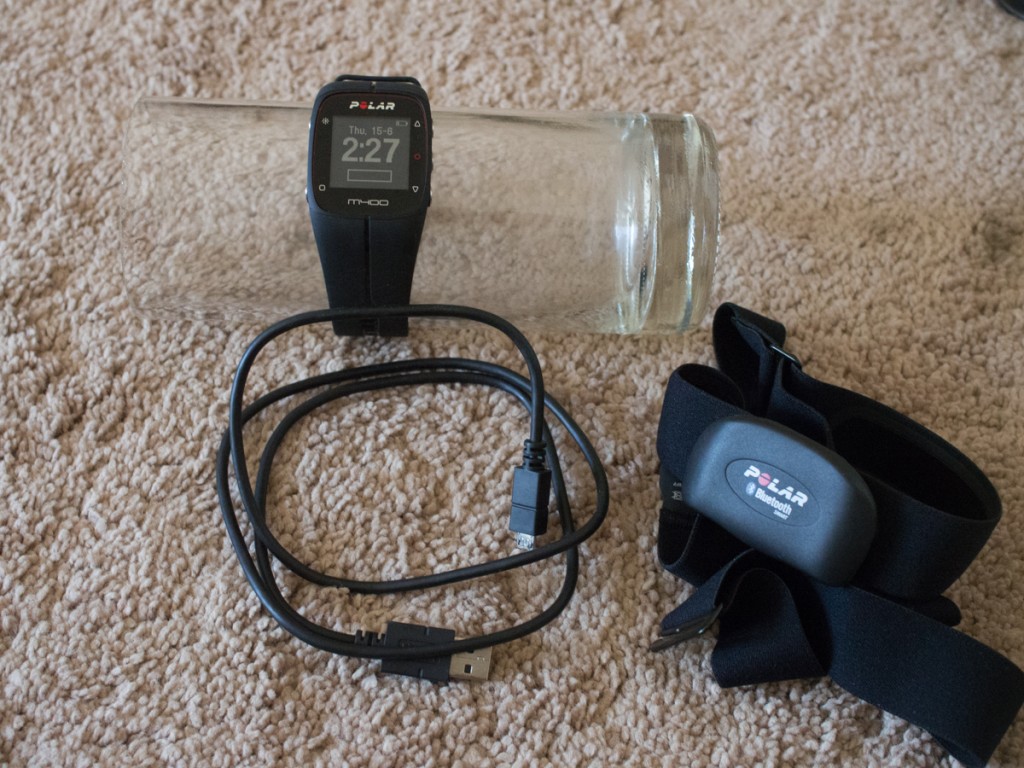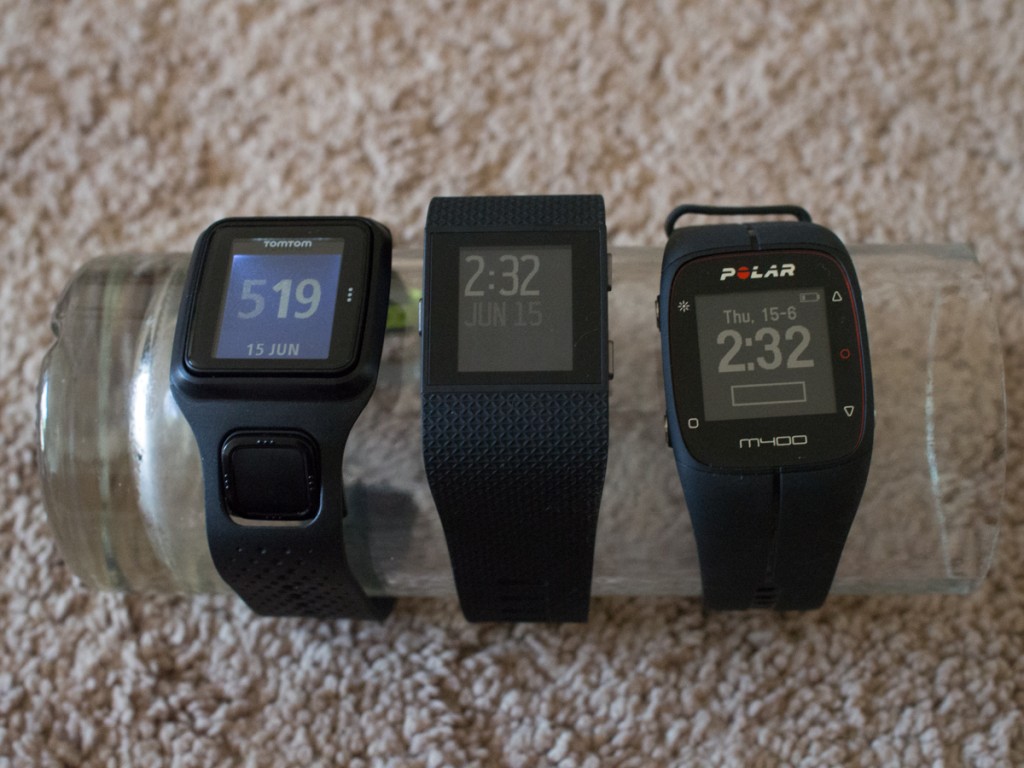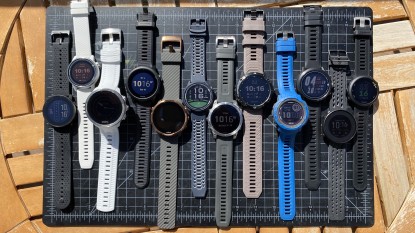Polar M400 Review
Our Verdict
Our Analysis and Test Results
With the M400, Polar enters a crowded field. Polar has a long history of making the best heart rate monitors. Today's consumers expect their wrist-top devices to do more than just one thing. The exercise heart rate tracking of the M400 is excellent, and Polar adds GPS tracking and rudimentary daily step count with an integrated accelerometer.
Performance Comparison
In a strong, competitive field, this model made our final cut. We assessed dozens of products in choosing which to purchase and review. Polar made the "top ten" in this round of selection. Once in hand, as compared to the other products we evaluated, the M400 came out near the bottom. It is essentially tied for the lowest overall score with the Nixon Mission. The Polar tracks specific activity quite a bit better than the Mission, while the Mission is more stylish and has smartwatch attributes that the Polar does not.
Ease of Use
Like all the watches we tested, the M400 is intended to be used in conjunction with a smartphone app and is meant to sync with that app to view detailed information. The syncing works as advertised, but takes much much longer than the other products we tested. While others, like the Editors' Choice Garmin Forerunner 935 or Suunto Ambit3 Peak sync in seconds, the Polar takes tens of minutes. This lengthy sync time of the Polar is ubiquitous and tedious. We've come to expect faster gratification, and the Polar doesn't stack up. Once the data is synced, it is nice to review and use.
The on-device interface of the Polar is simple and clear. In this way, it is similar to the Best Buy Garmin Forerunner 35 and is far better than the Nixon Mission. Polar is known for heart rate tracking, and the M400 is no exception. While other watches have optional chest bands, the Polar always comes with the chest heart rate band. It is the only product to come with this standard. Other devices, like the Fitbit Surge, also come with standard heart rate sensor, but the others use wrist-mounted "optical" heart rate tracking. Of the two different methods, a chest strap is far superior to wrist-mounted optical tracking. The chest strap of the Polar (and the optional chest straps the other companies use) uses the same technology that hospital ECG machines use. Wrist-mounted optical sensors are far less reliable. For a close examination of heart rate data, the information generated by a chest strap is far more useful than wrist info.
Features
The M400 is a GPS watch, chest heart rate monitor, and basic step counter. It can also be used as a basic digital watch. If these features appeal to you, and no others seem necessary, this could be a good choice. Other features that are integrated into other products are wrist heart monitoring, GPS navigation, smartwatch, sleep monitor, and altimeter. Of all the products we reviewed, only the Forerunner 935, the Forerunner 645 Music, and the Fenix 5, all from Garmin, integrate all of these features. Every other product offers some different subset.
No watch we assessed offers precisely the same set of features as the Polar. Some can be accessorized with a chest strap heart rate sensor to closely approximate the Polar, but none are exactly the same. Consult our article to sort out which features you desire in your GPS watch. If the features of the Polar match your wishes, this is a good choice.
Accuracy
We tested each watch on a repeatable, standardized set of laps around a standard running track. In this test, and we have done this test in every iteration of our GPS watch review, we find remarkably little variation. The most accurate devices have zero variation, when measured to the nearest hundredth of a mile, from actual. The least accurate, in this case, the Nixon Mission, was 7% off of actual. The Polar varied by an average of 3% from actual, over our multiple half mile test runs. The Apple Watch, Garmin VivoActive, and Suunto Ambit3 Peak showed just 1% inaccuracy. The Polar is roughly average, and totally suitable, in terms of accuracy.
Ease of Set-Up
Just like with each data sync, the M400 takes considerably longer to set up than the competitors. The time is acceptable but longer than average. The delay seems to be in a slow connection between watch and phone. Within the app and on the device, clicks and touches move the process along, but when it is time to wait for data transfer of any sort, this transfer takes a long time. As compared to the rest of the field, this delay is noticeable and notable. All the other devices set up faster than the Polar, but the Apple Watch and Fitbit Surge are especially speedy and intuitive to set up.
Battery Life
We found the battery life of the M400 to be just average. The Apple Nike+ offers more features but has far less battery life than the Polar. The Garmin VivoActive has similar battery-sucking features, and is smaller than the Polar overall, but lasts way longer between charges than the M400. The Editors' Choice Garmin Forerunner 935 has battery life that is roughly the same as the Polar, but it has many many more features than the Polar. The M400 is readily compared to the Best Buy Garmin Forerunner 35 in terms of features. Similarly, the battery life of these two is roughly similar. Each will last through short to medium length training sessions, or a few days of wristwatch use, but need to be recharged more frequently than, say, the Fitbit Surge.
Portability
As a dedicated training watch, the M400 is suitably portable. It is not the smallest, nor the largest in our test. The shape is more "athletic" than it is "fashionable." The features are oriented more to dedicated training sessions than to daily wear. As such, the portability and wearability are suitable. If you wish to press the Polar into duty as your day-to-day watch, you will find it both bulky and rather "practical" in appearance. The Nixon Mission is more fashionably oriented, while the Apple Watch has a slick techy look. The Apple Watch, Garmin VivoActive, and Garmin Forerunner are all much smaller than the Polar. The M400 is about the same size and a similar shape to the Fitbit Surge.
Best Applications
The M400 is a dedicated training watch. With the included heart rate band, Polar's proven data management system, and the limited other features, this is targeted to dedicated athletes who will keep it with their running shoes between workouts.
Value
Few products in our review come standard with a chest strap. Certainly, no other products we reviewed come with a chest heart rate strap for this price. If chest strap heart rate data is important to you, the value of the Polar is clear. If you want other features, there are other products that are more suitable.
Conclusion
The Polar M400 is a practical, utilitarian training device, but there are more sophisticated options out there.








